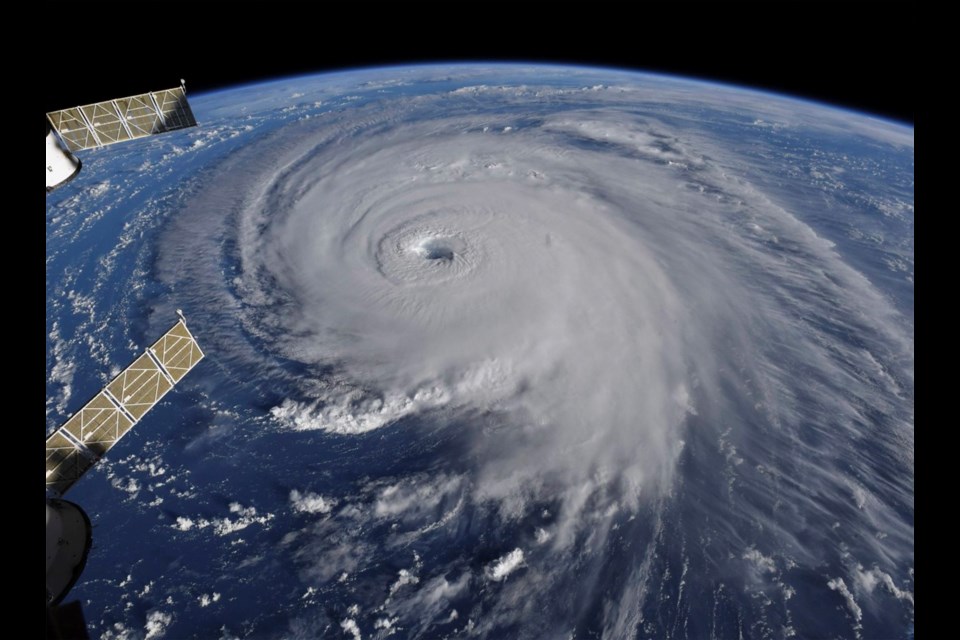If the hurricane season is busy, so is Orillia native Ryan Mulligan.
The associate professor of coastal and ocean engineering at Queen’s University in Kingston was offered up for media interviews earlier this month as Hurricane Florence churned toward the Carolinas on the east coast of the United States.
Florence wasn’t a special case in that regard; Mulligan and his expertise are made available almost every time a hurricane is heading toward a North American coast.
“This one was particularly interesting because it was hitting an area I was very familiar with,” Mulligan said.
His first job as a professor was at East Carolina University in Greenville, N.C., which felt the effects of Florence.
Prior to landing at Queen’s, Mulligan went through school in Orillia, attending Guardian Angels and Monsignor Lee Catholic schools before graduating from Patrick Fogarty Catholic Secondary School.
Late in high school, he became interested and math and science, but where he really found his wings was on the water.
He developed a passion for windsurfing on Lake Simcoe.
“That got me interested in wind and waves and beaches, and I’m still interested in those things,” he said. “That recreational interest was combined with curiosity: How do those waves form and what impact do they have on the coast?”
So, he went where the wind took him. He studied at Queen’s, which included an undergraduate degree in geological engineering. He then went to the University of British Columbia in Vancouver to get his master’s degree in civil engineering. Finally, he headed to Halifax to acquire his PhD at Dalhousie University.
Now he teaches those who have a similar passion. He uses computer simulations with his students, with the help of measurements taken over the years along coastlines.
As a lifelong learner, Mulligan’s main goal with his research is to add to the ever-growing wealth of information available to decision makers.
“It’s a scientific understanding standpoint for me,” he said. “The more measurements we have, the better we can use computer simulations that can be used by consultants and government agencies.”
With Florence being such a recent storm, he hasn’t conducted any in-depth research into the hurricane yet, but he looks forward to doing so.
“We’ll be able to see what happened and how we can learn from it,” he said.
For now, it’s about how future engineers can learn from him. He has taught at Queen’s for seven years and enjoys the chance to get others excited about that type of work.
“You want to inspire them to work hard and learn new things,” he said. “I didn’t have a master plan of becoming a professor. I just followed my interests, combining a personal interest with a career interest.”
It helps that his work, particularly the research, never gets old.
“There’s always something new that you don’t understand until you look deeper.”



